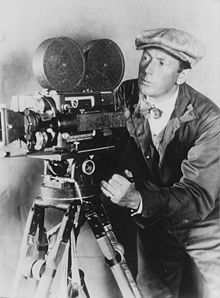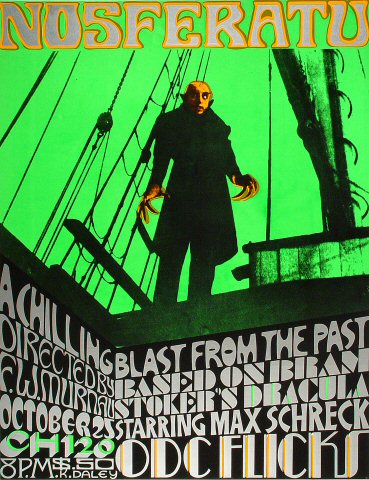
Good evening!
Since we have class tomorrow, I'd like to send you the reading and questions as quickly as possible. We are starting a new genre (poetry), so I expect to see everyone. I do realize that it is still Ramadan, and I appreciate those of you who have let me know about your obligations!
Here is the reading for Tuesday:
chapters 11 and 12 (including poems) (541-569)
We looked at scenes from The Dumb Waiter:
Feel free to watch as much as you can.
Here is a link to Nosferatu:
For more information about the film, see this entry:
http://worldlit2.multiply.com/journal/item/154/Nosferatu-1922
http://worldlit2.multiply.com/
You may enjoy seeing a little bit about silent comedy:
Some of you may enjoy seeing scenes from the 1979 Nosferatu:
And these are the questions for your journal:
-- What do the scenes from The Dumb Waiter add to your understanding of drama?
-- Compare these scenes to other scenes from other "gangster" movies or TV shows.
-- Discuss Ben and Gus' relationship. What is the balance of power between them?
-- Why are the strange orders coming down on the dumbwaiter? What is Pinter trying to do here?
-- Compare the scenes to the staged version we saw on Saturday.
-- Ought our editors include The Dumb Waiter in the next edition of their anthology? Why? Why not?
-- Discuss the ending of Nosferatu (1922). Why does Ellen sacrifice herself?
-- Discuss Nosferatu in its historical context (WWI, Germany's hyperinflation, the assassination of Walther Rathenau, the minister of foreign affairs and a Jewish man).
-- Discuss Nosferatu as a horror film.
-- Compare the two different versions of Nosferatu.
-- How does Murnau draw on film technology in Nosferatu?
-- Discuss the setting of Nosferatu.
-- What comes to mind when you think about poetry? Why?
-- If poetry does not have rhyme or meter or structure, how do you know whether or not it is any good? (Feel free to refer to one of the poems in ch. 12.)
-- Apply Denise Levertov's ideas in "Some Notes On Organic Form" to poetry.
-- What does depend on the red wheelbarrow?
-- Which images stand out for you in one of the poems in ch. 12? Why?
-- Which word choices stand out for you in one of the poems in ch. 12? Why?
-- If you have studied literature in another language, how does that literature define poetry?
I'm looking forward to hearing what you have to say!
Dr. Szlyk
Below are pictures from the Nazis' exhibition of "degenerate art."

 Here is another:
Here is another:








 On to the terms and links!
On to the terms and links!











